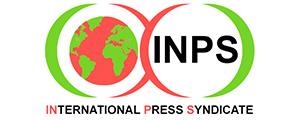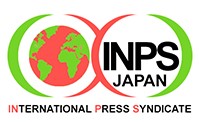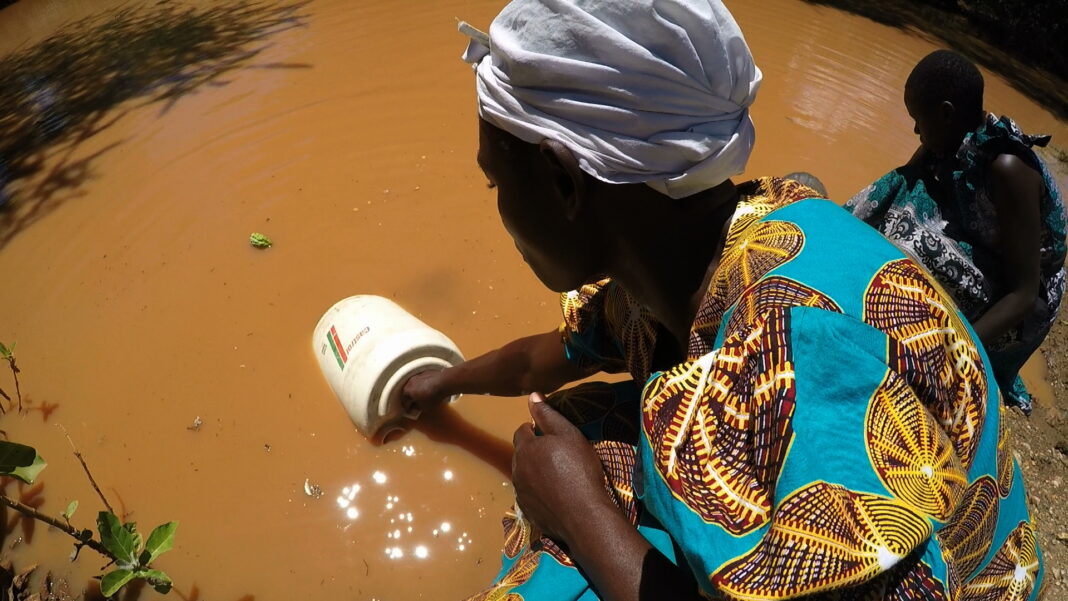By Robert Kibet
NAIROBI (ACP-IDN) – Braving a scorching temperature, 38-year-old Caroline Rono rambles barefoot along a tiny path that snakes in the direction of the reptile-infested salty seasonal Lake Solai in Kenya’s Rift Valley with the giggling baby on her back swaying to the movement of her mother’s hips.
In the rural areas of Kenya, as in virtually in all African countries, the burden of collecting, carrying and managing water has always rested on the shoulders of women, and under the weight of recurrent droughts, this burden has almost become unbearable.
“We, the women shoulder the burden of collecting and carrying water for domestic use, and sometime for weak animals during extreme drought,” Caroline, who hails from Kibatat village, some 4 km from Lake Solai, told IDN through a translator..”When hand-dug wells dry up, we are forced to walk hours to collect water.”
Diana Mutai is 43-years-old and ever since she was a little girl, it has been her chore to fetch water for the family. Pointing to a distant path, she says, “Every morning, I would walk to the stream in the valley below.”
There she would fill a five-gallon water container, sling it over her back and carry it home.
“I would trek about six kilometres back up the hill. I did not get back home until afternoon. Even then, I could never carry enough water for all my family needs such as cooking, drinking and cleaning,” she says.
It is this daily task of hauling water which excludes women from education, income generation and political activity in Kenya’s rural communities, but what causes great concern is that these vulnerable women are at risk of attacks from predators at crocodile-infested water bodies such as Lake Solai.
Now, through the intervention of non-state actors, mostly international non-governmental organisations like World Vision Kenya (WVK), a significant number of women and girls in rural Kenya can access water not only at a safe distance, but also water that is clean and potable.
To alleviate the risks that women like Diana face in collecting water in Solai, has WVK built a 192-element solar panel balanced precariously atop a metal supported roof that can pump water from a 180 metre-deep borehole.
“We are a child-focus organisation. Women and children bear the biggest brunt of water scarcity. We chose to intervene by installing a solar-powered water pump to help the local community access clean and potable water,” Canary Njehia, a water engineer with World Vision Kenya, told IDN in an interview with IDN.
With each element having an output of 80 watts, the solar panel generates 15.2 kilowatts which are sufficient for pumping water a distance of 1.6 km to a water reservoir tank.
In rural Kenya, grid-connected electricity is not an option, not least because of the high costs of connection. Thus investing in low-cost renewable energy such as solar power could be a solution.
“When we dug this borehole, at first we were for generator-set powered water pumps but we realised it would be costly,” said Njehia. “The water project management would be forced to charge the water at high rates in order to sustain the project.”
Here, the water is distributed through gravity and the project is one of over 100 solar-powered boreholes drilled by WVK in areas faced by water scarcity and in which women and children have undergone risks in fetching water.
Ensuring access to water and sanitation for all is enshrined in Goal 6 of the UN Sustainable Development Goals (SDGs), adopted by over 150 world leaders in September 2015, goals that build on the Millennium Development Goals (MDGs), the eight anti-poverty targets that the world committed to achieve by 2015.
According to the United Nations, despite progress (2.6 billion people are estimated to have gained access to improved drinking water sources since 1990), 663 million people are still without water and an alarming 1.8 billion people use focally-contaminated sources.
However, for women like Diana, contaminated water is not the only threat. True, they and their family members risk falling ill after drinking it, but they also face serious hazards just collecting it.
In 2016, Kenya’s Daily Nation reported a grisly incident where a 21-year-old mother, Mwanaharusi Halako, was swallowed alive by a crocodile in River Tana when she went to fetch water alone as men collecting sand nearby watched helplessly.
River Tana is the country’s longest river which reaches the Indian Ocean and is a source of livelihood to some eight million people living along its course.
Amina Dakota, 32 years old, vividly recalls incidents in which crocodiles have killed women and girls while fetching water in this river, but she says she has no option but to risk her life. Having trekked some four km to the river, she says: “We used to fetch water from nearby borehole, but it broke down. Sometimes I don’t have money to pay for the water, and so this river is my only hope.”
In response, Wenje Parish Catholic Mission Care in Wenje Division of Tana River County in partnership with Davis & Shirtliff, an East Africa supplier of water and energy equipment, has installed a 133-element solar module and a 10,000 litre water tank.
Fr. Peter Ndegwa of St Joseph Church in Wenje Parish says the 21kilowatt solar powered borehole has spared the community, especially women and girls, the long distance walked to the river and reduced the risks of women being attacked by predators.
“Here, women have been trekking about 15 km to fetch water from crocodile-infested River Tana. We had earlier installed two boreholes in two villages for domestic use, and put up a diesel pump to supply water to farms for irrigation, but it could only help on a small parcel of land and the effort did not solve the problem,” adds Ndegwa.
According to the Crocodile Specialist Group of the Species Survival Commission of the International Union for Conservation of Nature (IUCN) involved in conservation of 23 species of alligators, crocodiles, caimans and gharials in the wild, the incidence of crocodilian attacks in many countries is very difficult to quantify because “many more people are attacked than is reported, as many attacks occur in remote areas.”
“With the clean water which is available now at the homestead, our women and girls do not risk attack from crocodiles or other predators. I can spend time engaging in income-generating activities, time I would be wasting by trekking to fetch water,’ says Diana. [IDN-InDepthNews – 4 July 2017]
Photo: In the rural areas of Kenya, the burden of collecting, carrying and managing water (often contaminated) has always rested on the shoulders of women. Credit: Robert Kibet | IDN-INPS
Note: This report is part of a joint project of the Secretariat of the ACP Group of States and IDN, flagship agency of the International Press Syndicate.


